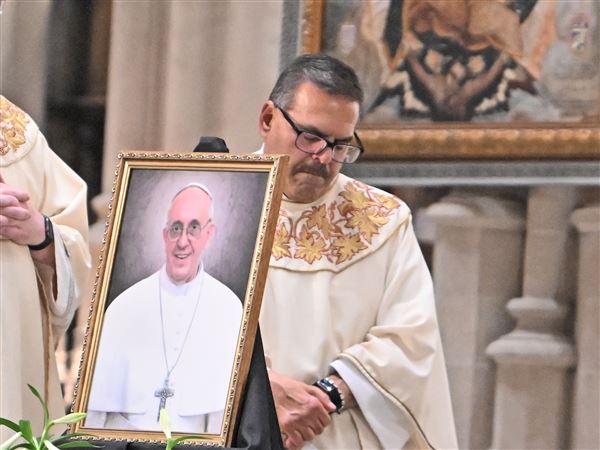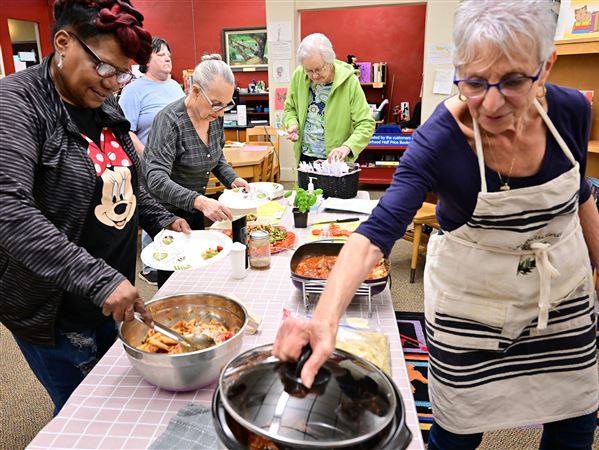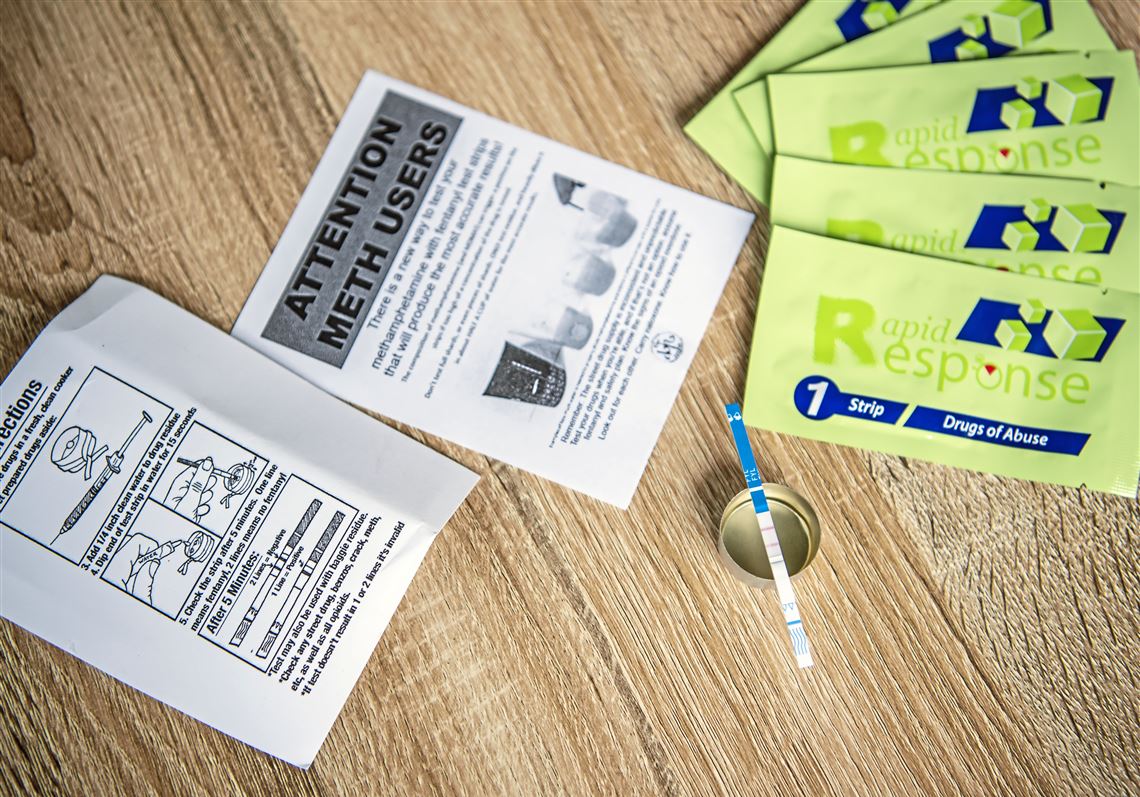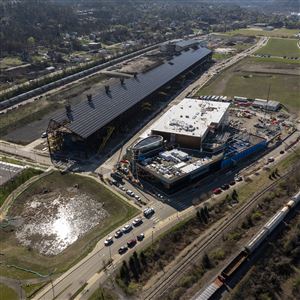At noon on Wednesday in a Western Pennsylvania treatment clinic, a dozen people, mostly in their 30s and 40s, wait to get a prescription for Suboxone, an effective treatment medication for opioid addiction. On the wall of the waiting room are warnings about counterfeit pills and drugs laced with fentanyl, a super-potent and lethal synthetic opioid and painkiller.
Waiting to get called into the doctor’s office, a woman talks about an acquaintance who sold several OxyContin tablets to a friend, who then died of an overdose three days later. Tracing the calls on the victim’s cell phone, the police were preparing to arrest the seller, who will likely face homicide-related charges and years in prison.
“He didn’t even know fentanyl was in the pills,” she said.
Cheap and 50 times more potent than heroin, fentanyl has flooded the local street market for opioids, making a more than two-decade epidemic of opioid addiction even more deadly. Fentanyl is added to pills, heroin, cocaine and other drugs to boost the highs experienced by users, and the profits of the distributors and dealers. It significantly elevates the risk of a fatal overdose.
In Allegheny County, roughly 85% of all overdose deaths involve fentanyl — most of it exported from Mexico, India or China. In most cases, users didn’t know what they bought; in many cases, casual sellers and low-level dealers may not know, either.
So far this year, U.S. drug enforcement agents seized 20 million counterfeit pills, but that didn’t stop the epidemic of addiction and death.
“It’s so dangerous out here,” Jerome Maynor, an outreach worker for Central Outreach Resource and Referral in Pittsburgh, told an editor in October. “Fentanyl is everywhere.”
Addiction and death
Since 1999, nearly 1 million Americans have died of a drug overdose. The epidemic of opioid addiction started in the 1990s, as more people, addicted to prescription painkillers such as OxyContin, switched to heroin as a cheaper and more potent alternative.
In the last several years, overdose deaths have spiked and now amount to more than 100,000 a year, most of them due to opioids, reports the Centers for Disease Control and Prevention. Fentanyl and its chemical derivatives, such as carfentanil, are fueling fatalities in Western Pennsylvania and the rest of the nation.
In 2021, Allegheny County reported 719 overdose deaths, up 46 percent from 492 in 2018. In Pennsylvania, 5,343 people — including a record 1,276 in Philadelphia — died of an overdose last year.
Those grim statistics would have been even worse, if not for Narcan, a life-saving drug that can reverse the effects of an overdose, and certain harm reduction strategies in major cities, such as fentanyl test strips.
Reducing harm
Gov. Tom Wolf signed a bill this month that legalized fentanyl test strips statewide for personal use, a welcome step that should curb fatal overdoses. (Such strips were already decriminalized in Pittsburgh and Philadelphia.)
To avoid overdoses, people can test drugs for fentanyl. Up to now, test strips were classified as illegal drug paraphernalia. They are especially important for rural areas in Western Pennsylvania, which have less access to health care.
Unhappily, another important harm reduction bill, legalizing syringe exchange services statewide, died in committee. It should be reintroduced and passed during the next legislative session. Currently, a handful of exchanges, which restrict the spread of bloodborne diseases such as HIV and hepatitis, operate in Philadelphia and Pittsburgh.
Addiction is a public health problem; harm reduction strategies help people stay alive long enough to get treatment and a second chance.
The Pennsylvania Auditor’s General’s Office estimates the opioid epidemic costs the state roughly $25 billion a year in fatalities, health care, addiction treatment, criminal justice and lost productivity. Nearly 300,000 people in Pennsylvania are addicted to drugs.
It’s time to issue an APB on opioid addiction.
It’s no accident that the Pennsylvania legislators working the hardest on addiction are people who have lost relatives to opioid overdoses.
Rep. Jim Struzzi, R.-Indiana, had pushed for three years to legalize drug testing materials. His brother died of an overdose in 2014. The sponsor of the syringe exchange bill, Rep. Sarah Innamorato (D., Allegheny), lost her father to complications of opioid addiction in 2009.
We thank them for their life-saving work. How many more people have to die before every elected official in Pennsylvania acts with equal urgency?
First Published: November 27, 2022, 11:00 a.m.

















